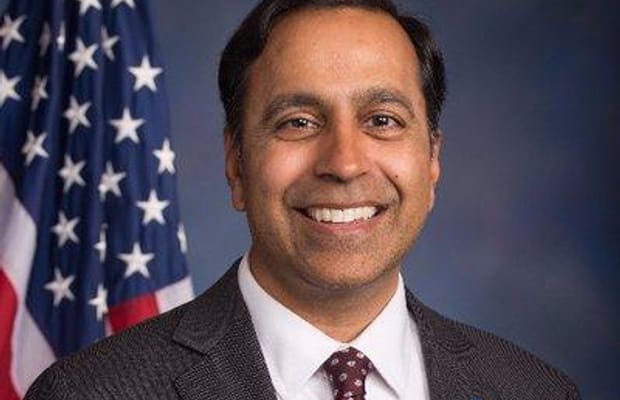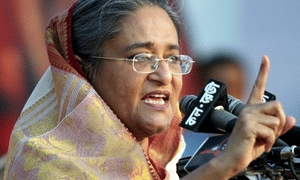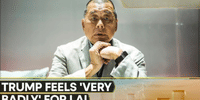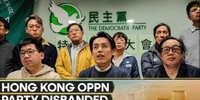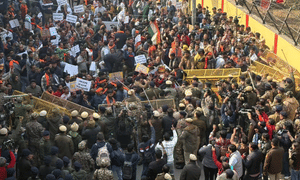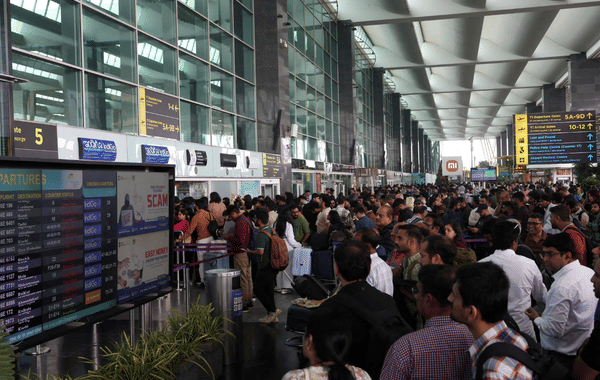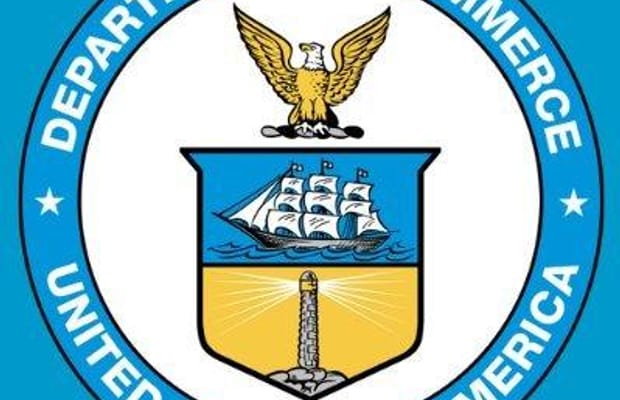
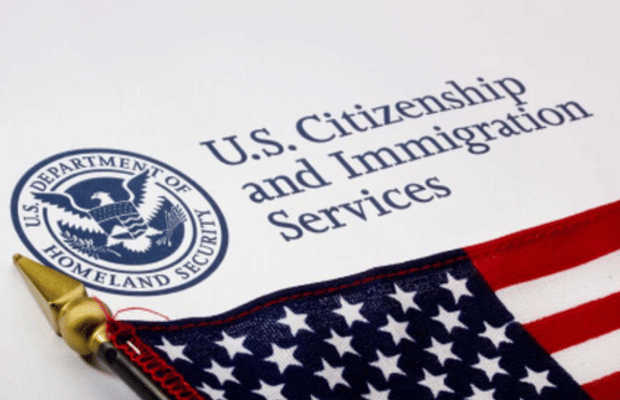
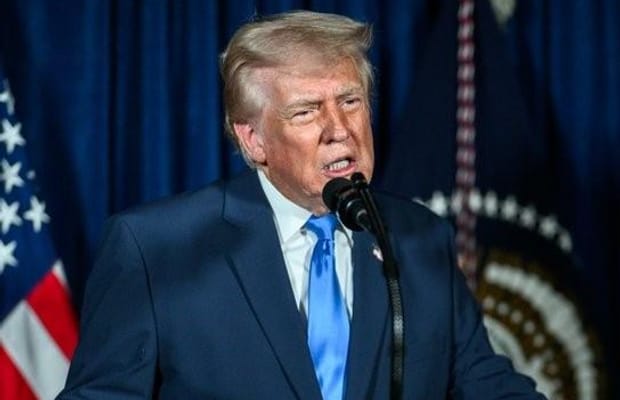

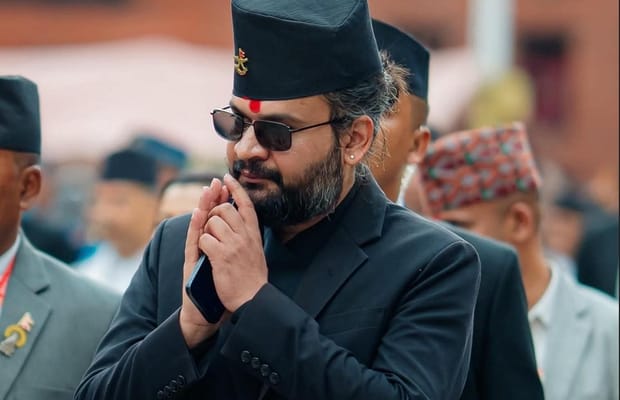
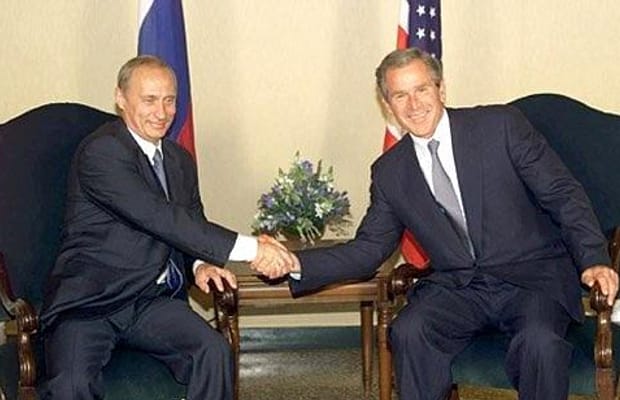
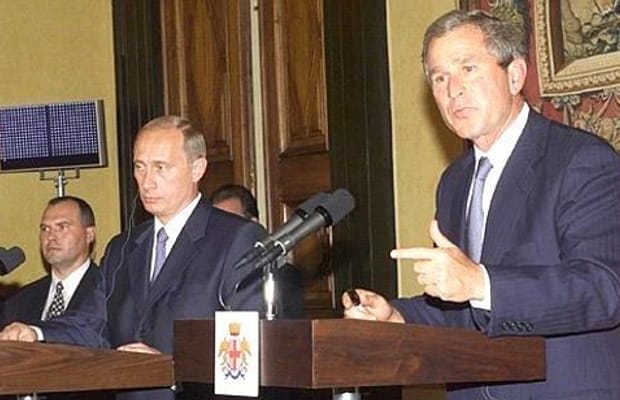
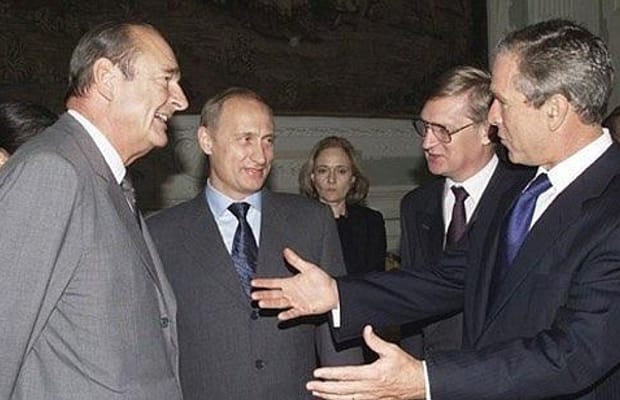
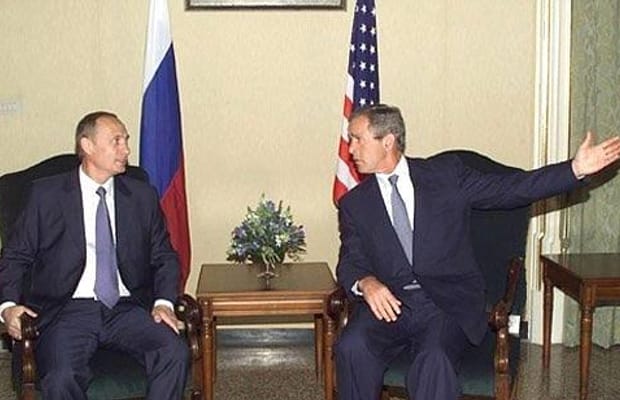

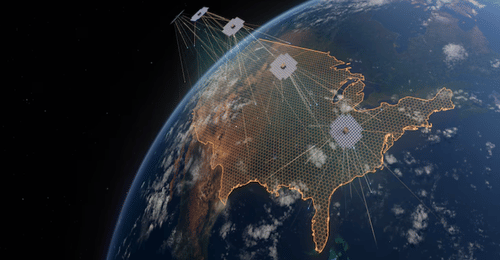

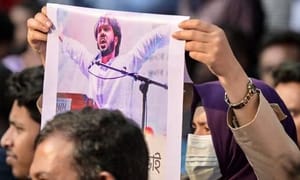

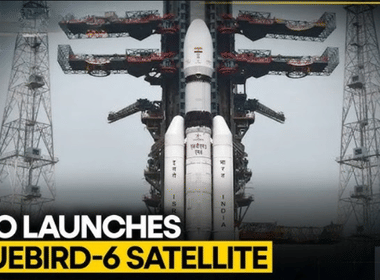






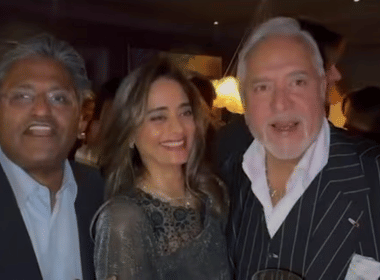
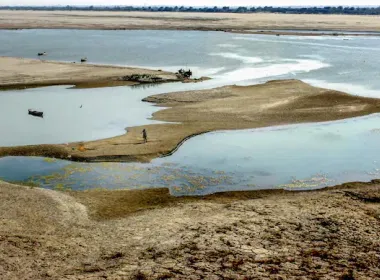

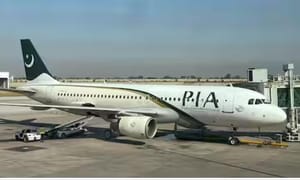
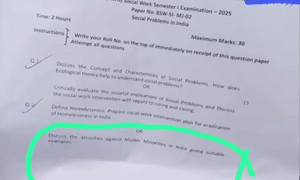


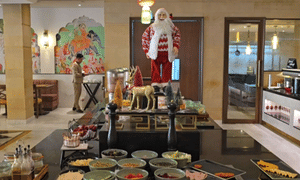
Jaisalmer is witnessing a surge in festive tourism this Christmas Eve, with hotels and desert tent resorts reporting near-full occupancy as both domestic and international travellers flock to the city. Capitalizing on the strong demand, hospitality establishments across the Golden City have gone all out with elaborate decorations, special menus, and entertainment programmes to mark the celebrations.
Hotels and resorts are adorned with colorful lights and Christmas-themed décor, including beautifully decorated Christmas trees. Culinary offerings have been tailored to global tastes, with chefs preparing a wide range of Chinese, Continental, Italian, Rajasthani, and other international cuisines. Guests can look forward to gala dinners, DJ nights, live orchestras, and folk performances as part of the evening’s festivities.
Several resorts in the Sam sand dunes are also hosting exclusive Christmas Eve parties, adding to the celebratory atmosphere. With a significant influx of foreign tourists, the city is buzzing with festive energy, and tourism stakeholders anticipate enthusiastic participation in in-house celebrations this year.
Rishabh Singh, General Manager of a three-star hotel in Jaisalmer, shared that the city’s tourism businesses have made elaborate preparations for Christmas Eve. “Various events have been planned, and arrangements are nearly complete. Guests can enjoy folk and Bollywood music and dance late into the night. The hotel has been decorated with attractive lights and Christmas trees,” he said.
Pratap, head chef at another three-star hotel, highlighted the special culinary preparations for the occasion. “Magnificent Christmas trees have been set up, and the lounge has been decorated specially for the celebrations. Our menu features an extensive selection of international and local dishes, along with special chocolates and elaborate Christmas cakes,” he said. With hotels fully booked and festivities in full swing, Jaisalmer’s tourism sector is enjoying a vibrant Christmas season, reaffirming the city’s reputation as a premier winter destination for travellers from around the world.
Disclaimer: This image is taken from ANI.
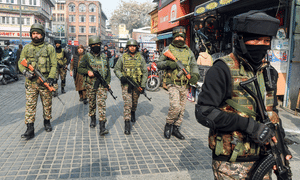
As part of its plan to curb Naxalism, with a March 2026 deadline set by the Centre, the Central Reserve Police Force (CRPF) has established 229 Forward Operating Bases (FOBs) across six major Naxal-affected states since 2019. These FOBs, created by central armed police forces including the CRPF and its specialized units, are strategically located in remote, forested, and insurgency-prone areas previously controlled by Naxal groups.
Among the 229 FOBs, the highest number—59—was set up this year, followed by 40 in 2024, 27 in 2023, 48 in 2022, 29 in 2021, 18 in 2020, and eight in 2019. They are spread across Chhattisgarh, Odisha, Maharashtra, Madhya Pradesh, Jharkhand, and Telangana, with Chhattisgarh hosting the most this year at 32.
In a recent Rajya Sabha reply, Minister of State for Home Nityanand Rai reported that all Central Armed Police Forces have established a total of 377 FOBs in Naxal-affected states since 2019. These bases aim to extend state presence into interior areas, deny safe havens to Naxals, and maintain sustained area control. Unlike temporary camps, FOBs are semi-permanent or permanent, equipped with accommodation, communication, medical facilities, and logistical support, allowing long-term deployment.
FOBs have improved response times, intelligence gathering, coordination with local police, and protection of development activities like road construction, mobile connectivity, and welfare programs. Their strategic placement, usually five kilometers apart, enables operational support and isolates Naxal cadres, pushing them away from these zones.
The government complements these efforts with the 2015 "National Policy and Action Plan to Address LWE," combining security measures, development programs, and protection of local rights. These initiatives have significantly reduced Naxal influence. Naxal-affected districts fell from 126 in April 2018 to 11 in October 2025, with only three classified as most affected. LWE-related violence has decreased 89% from 1,936 incidents in 2010 to 218 in 2025, while deaths of civilians and security personnel dropped 91% from 1,005 in 2010 to 93 in 2025. In 2025 alone, security forces neutralized 335 Naxals, arrested 942, and facilitated 2,167 surrenders.
Disclaimer: This image is taken from ANI.

The Defence Research & Development Organisation (DRDO) and Rashtriya Raksha University (RRU) have signed a Memorandum of Understanding (MoU) to promote cooperation in research, education, training, and technological support for defence and internal security. According to the Ministry of Defence, the agreement was signed by Distinguished Scientist & Director General (Production Coordination & Services Interaction) Chandrika Kaushik and RRU Vice Chancellor Prof. Bimal N. Patel, in the presence of Defence Minister Rajnath Singh at South Block, New Delhi, on December 22, 2025. Also present was Samir V. Kamat, Secretary of the Department of Defence R&D and Chairman of DRDO.
The MoU is intended to strengthen India’s self-reliance in defence and internal security technologies, aligning with the national vision of Aatmanirbhar Bharat and the whole-of-nation strategy during Amrit Kaal. It underscores a shared commitment to integrating technology, expertise, and operational insights to boost national security preparedness and enhance India’s strategic autonomy in internal security.
RRU, an institution of national importance under the Ministry of Home Affairs and designated by the University Grants Commission (UGC) as a Nodal Centre for Defence Studies, contributes substantial academic, training, and policy expertise in internal security. DRDO, the country’s leading defence R&D organisation, provides advanced indigenous technologies and system-level capabilities to meet the needs of the Armed Forces and security agencies.
Under this MoU, both organisations will collaborate on joint research initiatives, PhD and fellowship programmes, as well as specialised training and capacity-building for security forces. The partnership will also focus on studying emerging operational challenges, analysing technology gaps, forecasting future requirements, and managing the life cycle of DRDO-developed systems deployed within the Central Armed Police Forces and other agencies under the Ministry of Home Affairs.
Disclaimer: This image is taken from Ministry of Defence.

Lok Sabha Speaker Om Birla on friday met with political party leaders and Members of Parliament in his chamber at Parliament House following the conclusion of the Winter Session of Parliament 2025. Amid opposition protests over the passage of the VB-G RAM G Bill, the Lok Sabha was adjourned sine die after the playing of “Vande Mataram,” with Prime Minister Narendra Modi, who returned from a three-nation visit yesterday, in attendance.
In the Rajya Sabha, Chairman and Vice-President C.P. Radhakrishnan adjourned the Upper House shortly after it resumed at 11 am. Before the adjournment, several statements and reports were laid on the table. While adjourning the House sine die, Radhakrishnan criticized members’ conduct during the Minister’s reply the previous day, noting that protesting and tearing papers was “unbecoming of the House.” The opposition continued to voice strong objections to the VB-G RAM G Bill. On Friday, they held a joint protest outside Parliament, while Trinamool Congress members staged a demonstration at the entrance steps of the Lok Sabha.
Lok Sabha Leader of Opposition Rahul Gandhi, currently in Germany, also criticized the Bill, calling it “anti-state” and “anti-village” in nature. He stated that the Modi government had effectively dismantled two decades of MGNREGA in a single day. According to Gandhi, VB-G RAM G does not merely revamp MGNREGA but transforms the rights-based, demand-driven scheme into a rationed program controlled from Delhi.
Gandhi emphasized that MGNREGA had empowered rural workers, improved wages, reduced exploitation and distress migration, and strengthened rural livelihoods and infrastructure. He added that the VB-G RAM G Bill weakens this crucial support system. Highlighting MGNREGA’s impact during the COVID-19 pandemic, Gandhi noted that it prevented millions from falling into hunger and debt, particularly benefiting women, who have consistently contributed more than half of the workdays under the program.
Disclaimer: This image is taken from ANI.



Karate standout Marissa Hafezan clinched Singapore's first gold in the sport at the SEA Games in 32 years. She defeated Vietnam's Nguyen Thi Dieu Ly 5-3 in the women's kumite under-55kg final to secure the historic victory. Andrea Heng and Hairianto Diman sit down with Marissa to learn more about her remarkable achievement. They also get an update on Team Singapore’s overall performance at the midpoint of the Games, featuring insights from Marissa Hafezan, SEA Games gold medallist and Singapore karate exponent, and Phil Goh, independent sports journalist.
Disclaimer: This podcast is taken from CNA.

Australia is introducing a first-of-its-kind law that blocks minors from using social media without a parent’s approval. Andrea Heng and Susan Ng discuss the debate with Professor Tama Leaver from Curtin University’s Internet Studies program: is this a vital measure to safeguard young people’s mental health, or an impractical policy that limits digital freedom?
Disclaimer: This Podcast is taken from CNA.

In December 2019, a fishing boat set out from an Alaskan port with an experienced crew, unaware that an icy storm was gathering. The events that followed underscore why deep-sea fishing is considered one of the most dangerous professions in the world. This account is by Rose George, read by Rosalie Craig, and is adapted from Every Last Fish: What Fish Do for Us, and What We Do to Them, published by Granta.
Disclaimer: This podcast is taken from The Guardian.
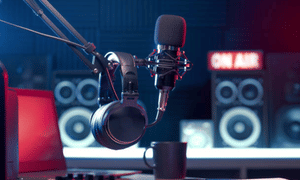
Just over 50% of voters acknowledge that climate change is real and driven by human activity, according to the latest Guardian Essential poll. Interestingly, a similar proportion held the same view more than 15 years ago. Essential Media’s executive director, Peter Lewis, and political reporter Josh Butler examine the disconnect between climate science and the politics of climate action in Australia. They also discuss why self-aware AI, rather than climate change, is seen as the biggest existential threat, and how strong public backing for gambling reform highlights the gap between Prime Minister Albanese’s current policies and the public’s appetite for change.
Disclaimer: This Podcast is taken from The Guardian.


